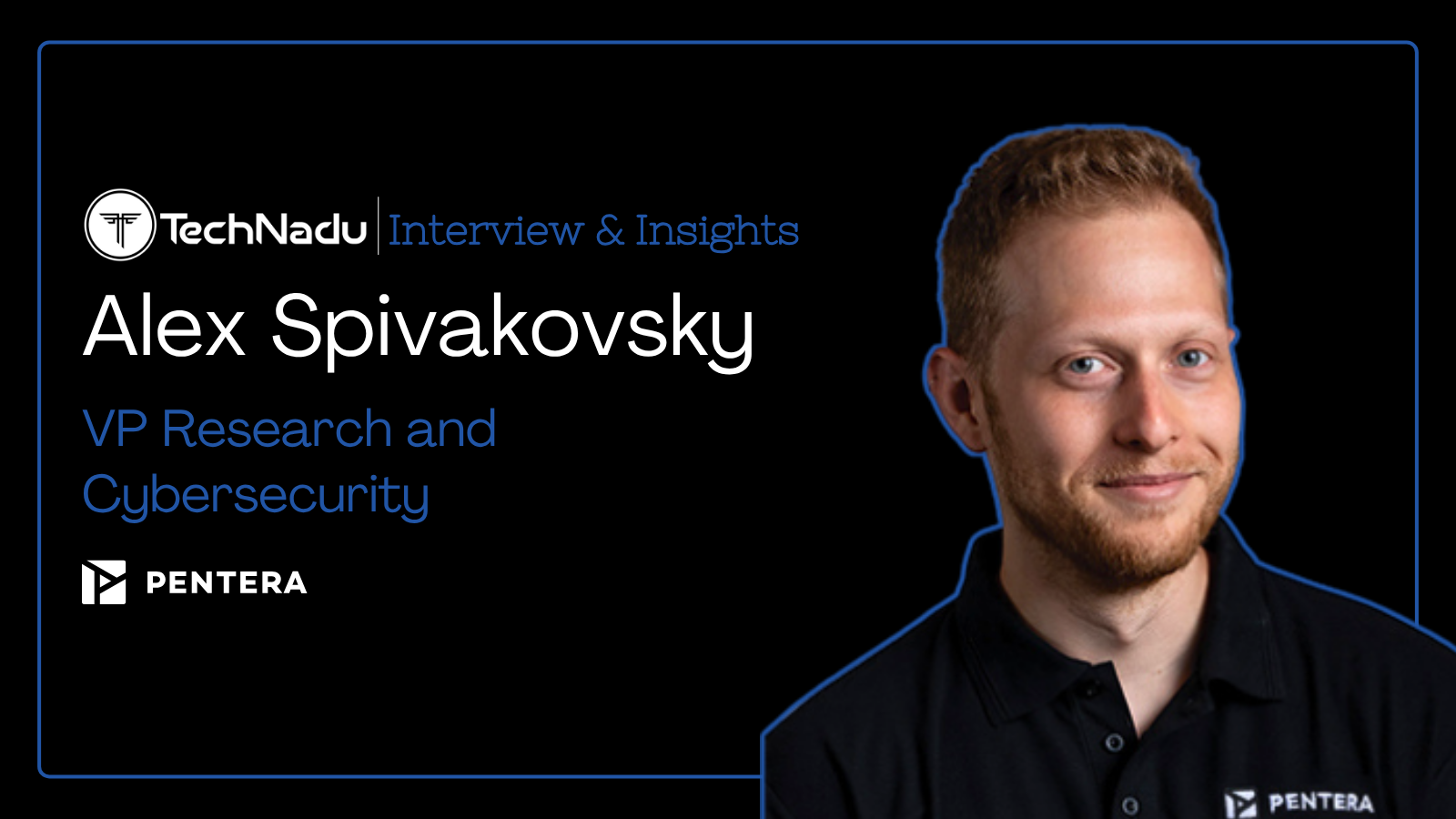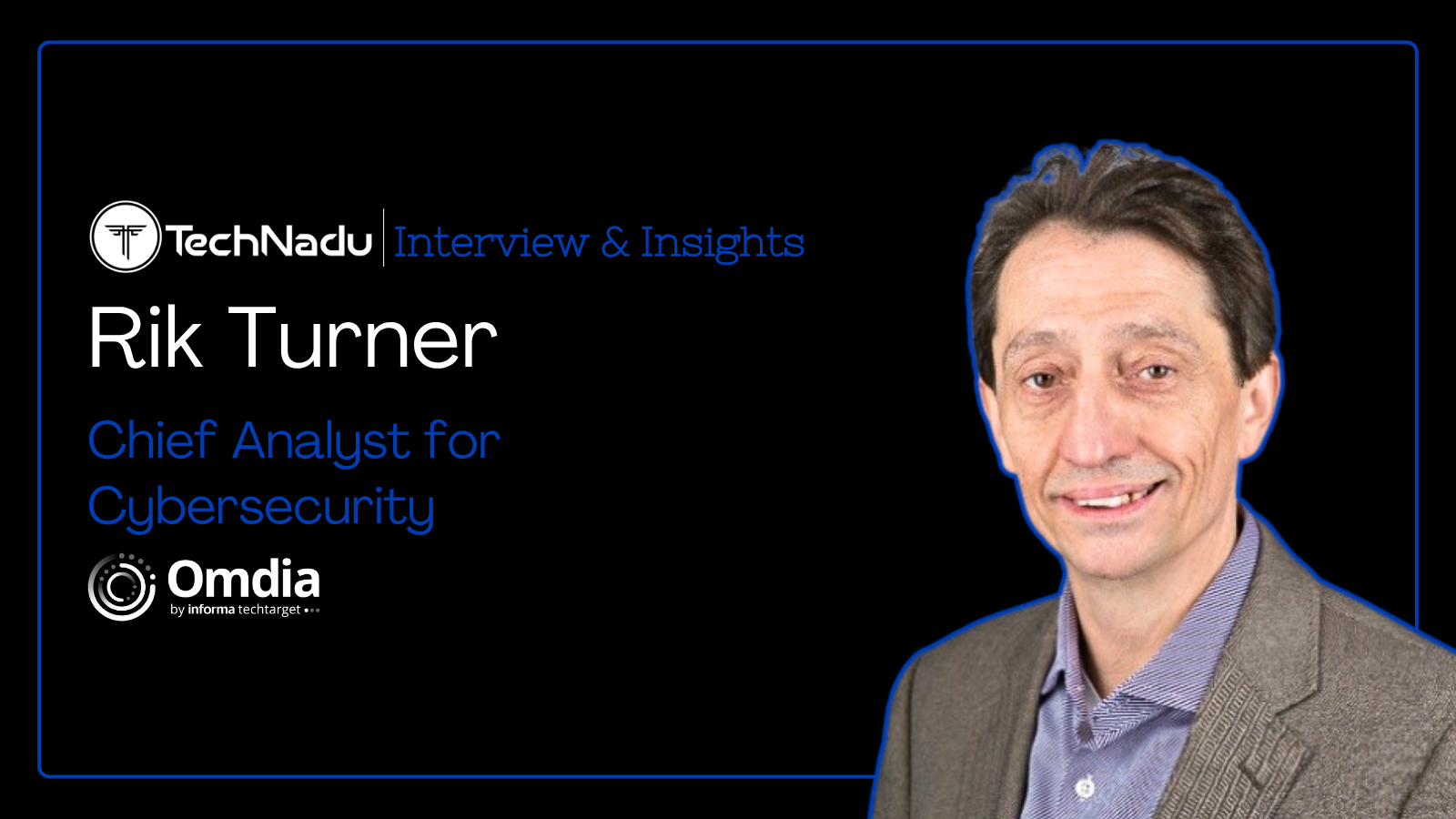
From Registration to Takedown, Understanding the Modern Malicious Domain Lifecycle and How Cybercriminals Exploit Real-World Events
In this interview, Luigi Lenguito, Co-founder and CEO of BforeAI, details how his team is tackling tomorrow’s cyber threats today. Lenguito now spearheads predictive cybersecurity after leadership roles at Quest and Dell, driving innovation across global enterprises.
Malicious domains evolve across infrastructure lifecycles, exploiting detection delays. From education-sector phishing kill chains to urgency-driven disaster lures, he explains how attackers weaponize decoys, celebrity names, and AI to stay ahead.
LLM non-determinism further complicates the analysis of AI impersonation content, producing variable outputs from identical prompts, making forensic reproduction and attribution more challenging.
PreCrime, the proactive cybersecurity platform of BforeAI, detects attack infrastructure before it’s used, leveraging behavioral analysis and predictive intelligence.
Read on to see how automation, now supercharged by generative AI, is powering adaptive phishing operations, and why proactive defense is essential for attackers before they engage victims in real time.
Vishwa: What does the lifecycle of a malicious domain look like from initial registration to takedown? Based on your tracking of infrastructure like the spoofed Telegram APK campaign, what blind spots or delays in detection most often allow these domains to remain active?
Luigi: This lifecycle maps the stages of malicious domain infrastructure operations:
- Registration – Often via bulk registrar tools, with privacy-protected WHOIS and stolen/fake payment methods.
- Setup – DNS configured to malicious hosting or CDN; SSL/TLS added for legitimacy.
- Weaponization – Hosting phishing kits, malware payloads, or redirect chains; sometimes staged with benign content first.
- Distribution – Delivered via email, SMS, social media, or other.
- Detection – Picked up by threat intel feeds, tools, or reports.
- Mitigation/Disruption – Registrar/hoster action or blocklists.
- Takedown – Domain disabled or infrastructure removed; attackers may recycle assets.
Blind Spots/ Delays in detection:
Dormant domains “warming” before launch, subdomains on legitimate services, fast rotation, and cloaking that hides payloads from scanners, bulletproof infrastructure.
Moreover, a large portion of attack infrastructure uses hijacked legit domains and rogue subdomains after DNS compromise.
Delayed detection is due to static rules, or ineffective controls - often looking for signs of compromise/technique of attacks that present late in the process.
Vishwa: Based on your observations, how well are education-sector users, like agency staff or vendors, prepared to spot phishing sites like the fake G5 portal? Have you observed whether grant officers or education personnel tend to fall for certain phishing tactics more than others, like lookalike domains, login clones, or download lures?
Luigi: Readiness in the education sector varies widely. Larger institutions with dedicated security teams tend to be better prepared, while smaller agencies, vendors, and grant-focused teams are more vulnerable.
Grant officers and education personnel are particularly susceptible to phishing tactics involving lookalike domains and login clones that closely resemble authentic portals.
Download lures, such as “application forms” or “bid templates,” are also effective, especially when paired with deadlines or urgent calls to action, which exploit the sector’s deadline-driven workflows.
Vishwa: Can you walk us through how a phishing kill chain typically unfolds in the education sector, starting from initial payload to lateral movement based on BforeAI’s visibility?
Luigi: In the education sector, phishing attacks often begin with a malicious link or attachment presented as a legitimate grant application, vendor invoice, or payment notice. Once the victim engages, they are taken to a login clone or fake portal that harvests credentials, sometimes capturing MFA tokens in real time.
The attacker then uses these credentials to access the victim’s account, often setting up email forwarding rules or generating application-specific passwords to maintain persistence. From there, lateral movement occurs as the attacker targets other staff members, partners, or students.
The final stage involves exfiltration of sensitive grant, vendor, or student data, often while maintaining access for future exploitation.
Vishwa: In a few steps, how is mapping adversary infrastructure done for domain correlation and hosting fingerprinting? How is this intelligence applied across preemptive blocking, campaign tracking, or attribution workflows?
Luigi: The innovation brought by PreCrime is related to the use of predictive analytics applied to long time series (aka behaviors). Mapping adversary infrastructure typically starts with domain correlation, where PreCrime connects domains using shared WHOIS information, SSL certificate fingerprints, or similarities in registrar and nameserver data.
Hosting fingerprinting then identifies IP ranges, ASN ownership, passive DNS histories, and server configurations to map the hosting environment.
This intelligence can be applied in multiple ways:
- For preemptive blocking: It helps identify and neutralize infrastructure before it’s activated.
- For campaign tracking: It allows security teams to link seemingly separate incidents into a single coordinated operation.
- For attribution: It contributes to building a technical and behavioral profile of the threat actor.
Vishwa: What forms of automation, such as bots or scripted tasks, are adversaries using in phishing today? Have GenAI tools changed how attackers target victims? Are you seeing more adaptive behavior from attackers once initial contact is made? Do automated elements mostly stop at delivery?
Luigi: Today’s phishing campaigns rely heavily on automation. Bots and scripts handle bulk domain registrations, rapid deployment of phishing kits, large-scale email and SMS distribution, and fast DNS rotation to evade detection.
The introduction of generative AI has allowed attackers to produce more natural and multilingual phishing messages, tailor lures more precisely, and even deploy chatbots that engage victims after initial contact.
While most automation still focuses on the delivery stage, adaptive AI-driven interactions are becoming more common, enabling attackers to respond dynamically to victim behavior during the engagement phase.
Vishwa: BforeAI recently flagged malicious domains combining high-profile names like “Elon” and “Trump” to boost click-throughs. From your threat intelligence perspective, what lure techniques did these sites rely on to engage victims beyond just the names themselves? Were you able to trace patterns in redirect flows, visual deception, or interaction triggers that suggest how attackers optimized for clicks and conversions?
Luigi: These malicious domains used the celebrity names primarily as attention-grabbing hooks, often paired with urgent or sensational headlines. The sites frequently promised giveaways, fake crypto coins, or investment opportunities to compel clicks.
We observed patterns where the initial landing page redirected users through ad-traffic networks, allowing the attackers to test variations of their content through A/B experiments.
Visual deception was reinforced with official-looking logos and layouts, while interaction triggers such as timed pop-ups were used to increase conversion rates by creating a sense of urgency.
Vishwa: How would you explain LLM non-determinism in cybersecurity operations, especially when analyzing AI-generated content during impersonation campaigns? How can security teams reliably log, version, or snapshot these interactions to support accurate forensic reconstruction?
Luigi: LLM non-determinism refers to the fact that large language models can produce different outputs from the same input, due to inherent randomness, evolving model weights, or subtle changes in the conversation context.
In cybersecurity operations, this can complicate the analysis of AI-generated impersonation content, as an exact reproduction of the malicious text may not always be possible after the fact.
Vishwa: How often do cybercriminals synchronize malicious infrastructure, whether for phishing, brand impersonation, or malware distribution, with real-world events such as policy shifts or crises like pandemics? Can you share cases where timing leveraged public attention cycles?
Luigi: Cybercriminals frequently align malicious infrastructure with major events to maximize engagement and lower victim skepticism. This can happen within hours of a breaking news story or public announcement. During the COVID-19 pandemic, for example, we saw a surge in domains offering fake relief funds or vaccine registrations.
Similar patterns emerged as the US election was heating up, with fraudulent voting portals appearing almost immediately. Disasters such as wildfires or hurricanes also trigger opportunistic registration of aid-related phishing sites, capitalizing on the heightened emotional and urgent environment.













